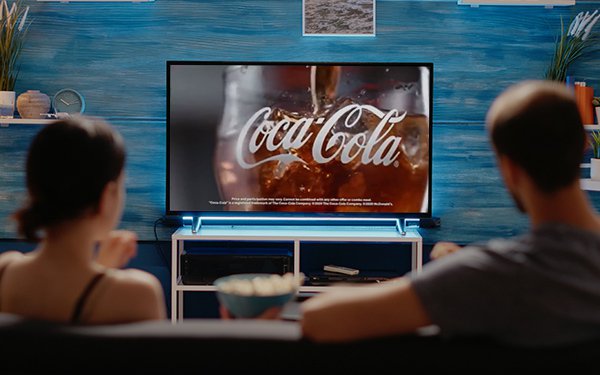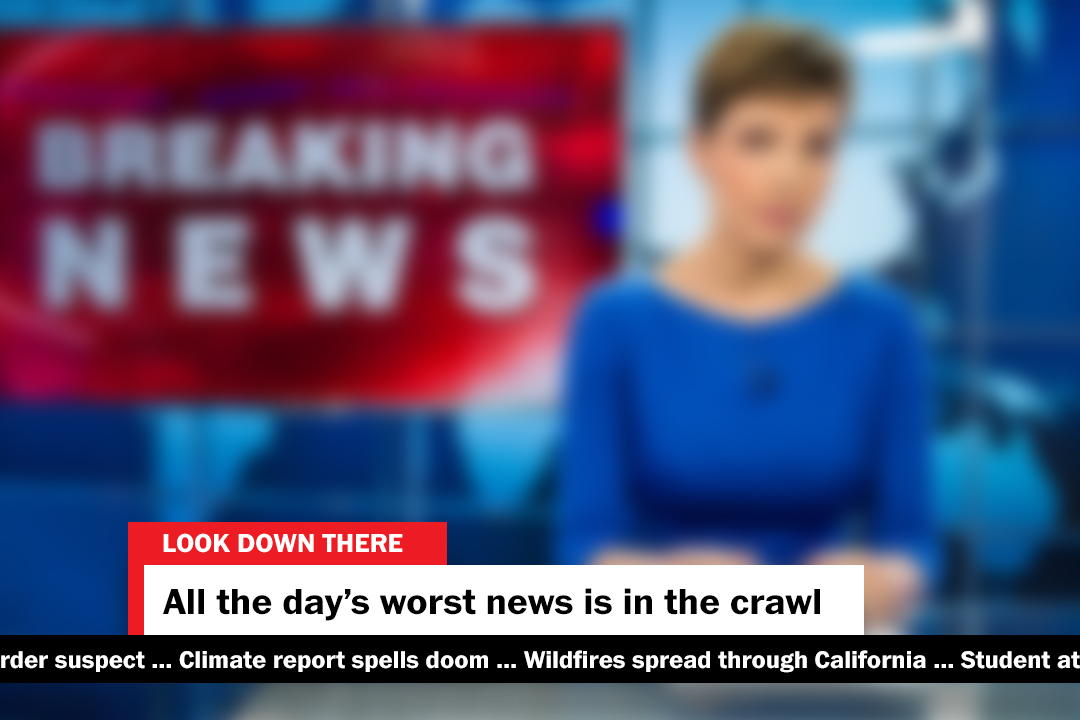When we work with clients at Nartak Media Group, we understand that paid media comes with a lot of industry slang, so to help our clients gain a better understanding, we’ve put together a glossary of TV buying terms.
Bookend Approach: This approach is where there is a set of two matching or related commercials. One commercial will play at the beginning of a commercial break and the other will be played at the end of the commercial break. This is best used for companies who want to use repetition to have viewers remember their message. 



Crawl: These are simple lines of text scrolling across the bottom of the screen. They are similar to weather information or secondary headlines found at the bottom of a newscast.


Daypart: Dayparting is the act of dividing the broadcast day into parts that are reflective of the demographic and target audience viewership during a segmented period of time, such as early morning.

Fixed Position Spots: These spots are guaranteed positions for TV advertisements that cannot be moved by the provider.
Flowchart: A flowchart is a summary of the information on the medium, placement, budget, and run time of your spot, serving as a roadmap for your spot’s television lifetime.
Frequency: This is the measure of how many viewers see your spot after the initial contact.
Makegoods: Makegoods are rerun credits that are given to an advertiser by the medium, radio station, television station, publication, etc., that are used to compensate for an error in timing, composition, or placement of an advertisement. 

Reach: This is a term that refers to the total number of different households or people that are exposed to your spot during its run at least one time. This measures how far the spot makes it in reference to the medium and distance.
Spot: This is a catch-all industry term for commercials and advertisements. A regular spot runs from about 30 to 90 seconds, whereas long-form spots can run between 5 and 30 minutes. Long-form spots are more content-rich and tend to be infomercials or pitches.
Zoned Cable Television: Zoned cable television allows networks to air different commercials in specific geographic areas. This means spots can be run on certain shows, channels, and devices. Spots can even be run during on-demand programming.
With a better understanding of television buying terms, you may be thinking that TV advertising is best for your products. If you are interested in TV advertising, the experts at Nartak Media Group are ready to help.
Nartak Media Group has crafted valuable relationships with the media and can help you create an effective strategy and plan for a campaign to help you meet your advertising goals. Contact us today to discuss TV advertising as well as our selection of digital, print, and radio advertising options.